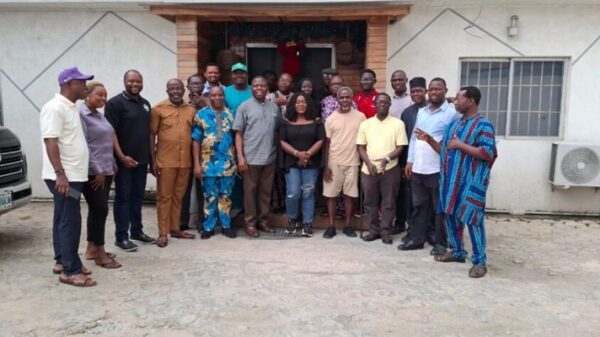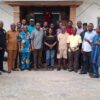Liquid Intelligent Technologies has opened its fifth mega data center in South Africa, as it doubles down on its continental leadership in the growing data centers sector where it is targeting to build 10 data centers in Africa’s largest cities.
Details of the latest project were revealed in a Facebook post by Strive Masiyiwa, Liquid founder.
The London-based Zimbabwean businessman and tech entrepreneur also disclosed that the company had secured $500m in equity and loans for the development of the data centers.
Liquid, the largest pan-African operator of data centers through its subsidiary Africa Data Centres (ADC), already operates facilities in 5 countries on the African continent.
The company largely focuses on ‘hyper scale’ facilities – huge facilities that mainly attract global tech giants and the financial services sector because of their exacting and rigorous specifications.
Because data centers are capital intensive investments, Liquid has had to approach global development finance institutions, such as the UK government’s CDC, the World Bank’s private sector investor IFC, as well as the US government’s Development Finance Corporation, to mobilize capital.
Masiyiwa said the new money would help fund its data centre projects in 10 African countries.
Writing on his popular Facebook blog, the Liquid founder was bullish on the project.
Masiyiwa wrote:
Covid can delay but it cannot deny!
The last time I was in South Africa was February 2020. Among the things I did was to visit the construction site of the largest building we have ever constructed; 20MW Data Center in Johannesburg. It would be our fifth such facility in the country.
It consumes more power than many major cities on the continent. Each facility is designed to use renewable energy provided by DPA, our power division.
By the time I visited, work had already started and I looked forward to returning in a year’s time to Commission it.
Then Covid hit, and we had to stop construction several times due to lockdowns.
We finally finished last week and our first customers began to put in their computers.
During the same time we began a project
![]()




























































